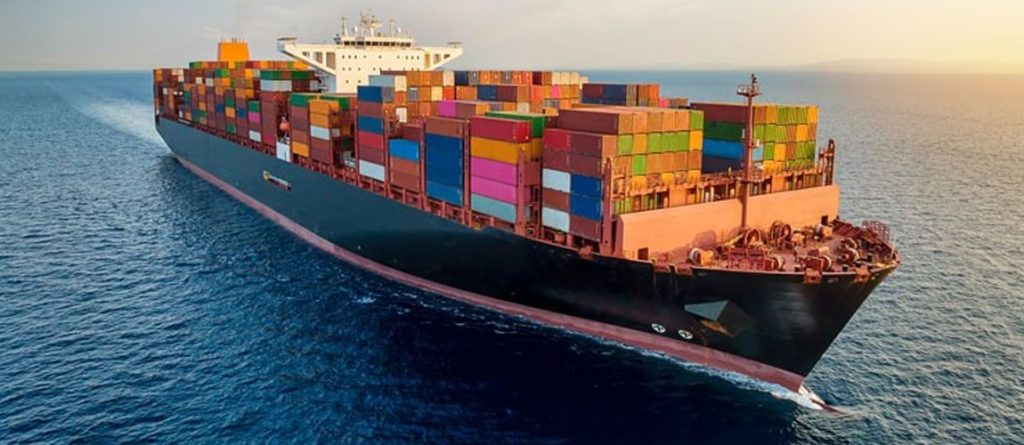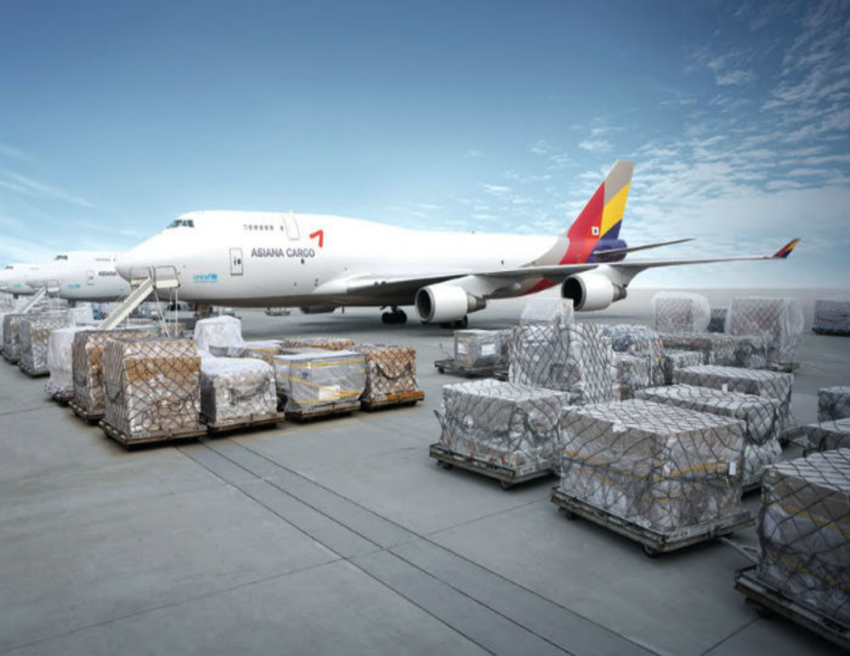Transporting automotive components across continents requires precision and compliance. Many European importers rely on Chinese suppliers for engines, filters, sensors, and electronics. However, understanding how to manage costs, customs, and transport options is vital for success. This guide explores everything you need to know for a smooth auto parts delivery from China to Europe.
Primary Transport Modes for Automotive Shipments
Different freight options suit different business needs. The three main logistics methods are sea, rail, and air transport.
| Transport Mode | Average Transit Time | Cost per CBM (USD) | Ideal Shipment Type | Key Advantages | Drawbacks |
|---|---|---|---|---|---|
| Sea Freight (FCL/LCL) | 30–40 days | 90–160 | Heavy or bulk cargo | Cost-effective | Slow delivery |
| Rail Freight | 18–25 days | 210–350 | Medium-sized shipments | Balanced time-cost ratio | Limited terminals |
| Air Freight | 5–9 days | 750–1,200 | Urgent or high-value cargo | Fastest delivery | Expensive |
Moreover, the China–Europe Railway Express now connects more than 20 Chinese cities to major European destinations, offering stable and eco-friendly delivery for auto components.
Shipping Cost Overview
Freight prices depend on destination, cargo size, and transport type. The table below shows sample rates:
| Route | Mode | Est. Cost (USD/CBM) | Transit Time |
|---|---|---|---|
| Shanghai → Hamburg | Sea | 125 | 33 days |
| Chengdu → Warsaw | Rail | 290 | 21 days |
| Shenzhen → Paris | Air | 980 | 7 days |
Additionally, total shipment cost includes insurance, terminal handling, customs fees, and delivery to warehouses or assembly plants. For accuracy, always request a door-to-door quote from your freight forwarder.
Essential Export Documents
Accurate paperwork is the foundation of efficient automotive logistics. Below are the core export documents required for Europe-bound shipments:
| Document | Purpose |
|---|---|
| Commercial Invoice | Details buyer, seller, value, and HS code |
| Packing List | Describes quantity, dimensions, and weight |
| Bill of Lading / Air Waybill | Acts as transport contract and proof of ownership |
| Certificate of Origin (CO) | Confirms product’s Chinese origin |
| Insurance Certificate | Protects against cargo loss or damage |
| Compliance Certificates (E-mark / CE) | Verifies EU standards for automotive parts |
Furthermore, importers dealing in electrical or electronic car parts must meet EU environmental and safety standards under the WEEE and RoHS directives.

Sea vs Rail vs Air: Which Is Best?
Choosing the right mode impacts not just cost, but the entire supply chain efficiency.
| Criteria | Sea Transport | Rail Transport | Air Transport |
|---|---|---|---|
| Cost | Cheapest | Moderate | Highest |
| Speed | 30–40 days | 18–25 days | 5–9 days |
| Environmental Impact | Higher | Lower | Moderate |
| Reliability | Stable | Reliable | Excellent |
| Recommended For | Heavy cargo | Mixed goods | Urgent shipments |
Accordingly, most European buyers use sea freight for large engine parts, rail for electronic modules, and air freight for time-sensitive sensors or prototype components.
Real Case Studies auto parts shipping china to europe
Case 1 – Shanghai to Germany (Sea Freight)
Cargo Type: 40CBM auto body panels
Transport Mode: 40HQ FCL
Freight Cost: USD 4,200
Transit Time: 36 days
Route: Shanghai → Hamburg
Customs: Cleared in 2 days using CE certificate
Outcome: On-time delivery for OEM factory in Berlin
Case 2 – Chongqing to Poland (Rail Freight)
Cargo Type: 18CBM engine sensors & fuel injectors
Transport Mode: LCL Rail
Freight Cost: USD 5,400
Transit Time: 22 days
Route: Chongqing → Warsaw via Belarus
Customs: EORI clearance completed smoothly
Outcome: Delivered intact for warehouse distribution
European Customs and Tax Overview
All vehicle components entering the EU are subject to import duties and VAT based on HS classification.
| Part Type | Duty (%) | VAT (%) | Notes |
|---|---|---|---|
| Suspension Systems | 3.5 | 21 | Requires CE marking |
| Filters | 2.8 | 20 | Common import item |
| Electrical Sensors | 2.0 | 21 | Needs RoHS compliance |
| Brake Pads | 4.1 | 19 | Safety test documents require |
Additionally, all importers must hold an EORI number, while exporters in China must declare products under the correct HS codes to prevent customs reclassification.
Common Logistics Challenges and Practical Solutions
| Challenge | Description | Recommended Solution |
|---|---|---|
| Incomplete documentation | Delays or rejections at EU customs | Verify invoices, HS codes, and packing lists before shipment |
| Cargo damage | Improper packaging during long transit | Use anti-rust wrapping, pallets, and waterproof crates |
| Incorrect classification | Wrong duty charges | Cross-check HS codes for every auto component |
| Port congestion | Delayed delivery | Ship through alternative ports like Gdańsk or Antwerp |
| Communication gaps | Language or time zone barriers | Partner with bilingual freight agents in both regions |
Moreover, scheduling early during peak seasons—such as pre-Christmas or Chinese New Year—helps avoid capacity shortages and delays.
Selecting a Reliable Freight Forwarder
A competent logistics partner plays a crucial role in international transport. Choose one that:
- Offers multi-modal options (sea, rail, and air)
- Provides customs brokerage and insurance
- Uses real-time cargo tracking systems
- Has automotive industry expertise
- Operates European warehouses for local delivery
Furthermore, collaboration with such professionals ensures seamless cross-border movement, lower costs, and compliance with EU regulations.
Conclusion
Successful auto parts shipping China to Europe requires strategic planning and reliable logistics coordination. Businesses that optimize routes and choose dependable carriers can cut costs and improve delivery reliability. By working with experts in auto parts shipping China to Europe, companies ensure smoother customs clearance and faster transit times. Ultimately, efficient auto parts shipping China to Europe strengthens supply chains and boosts long-term competitiveness.
Request a Quote
Need a tailored solution for your shipping from China?Let TJ China Freight Forwarder assist you with reliable, cost-effective service.
FAQ:
Q1.How long does it take to ship car components from China to Europe?
Sea takes 30–40 days, rail about 20–25 days, while air freight delivers within 5–9 days depending on the destination.
Q2.What packaging is best for metal auto parts?
Use strong wooden crates, desiccant packs, and stretch wrap to prevent corrosion and impact during long-distance transportation.
Q3.Are used automotive parts allowed for import into the EU?
Yes, but they must pass environmental inspections and provide certificates proving functionality and safety compliance.
Q4.Which European entry ports handle car parts efficiently?
Rotterdam, Hamburg, and Antwerp are preferred for advanced customs systems and well-connected inland transport.
Q5.How can I reduce overall transport costs?
Consolidate shipments, plan early, and combine suppliers’ goods to fill containers efficiently.




